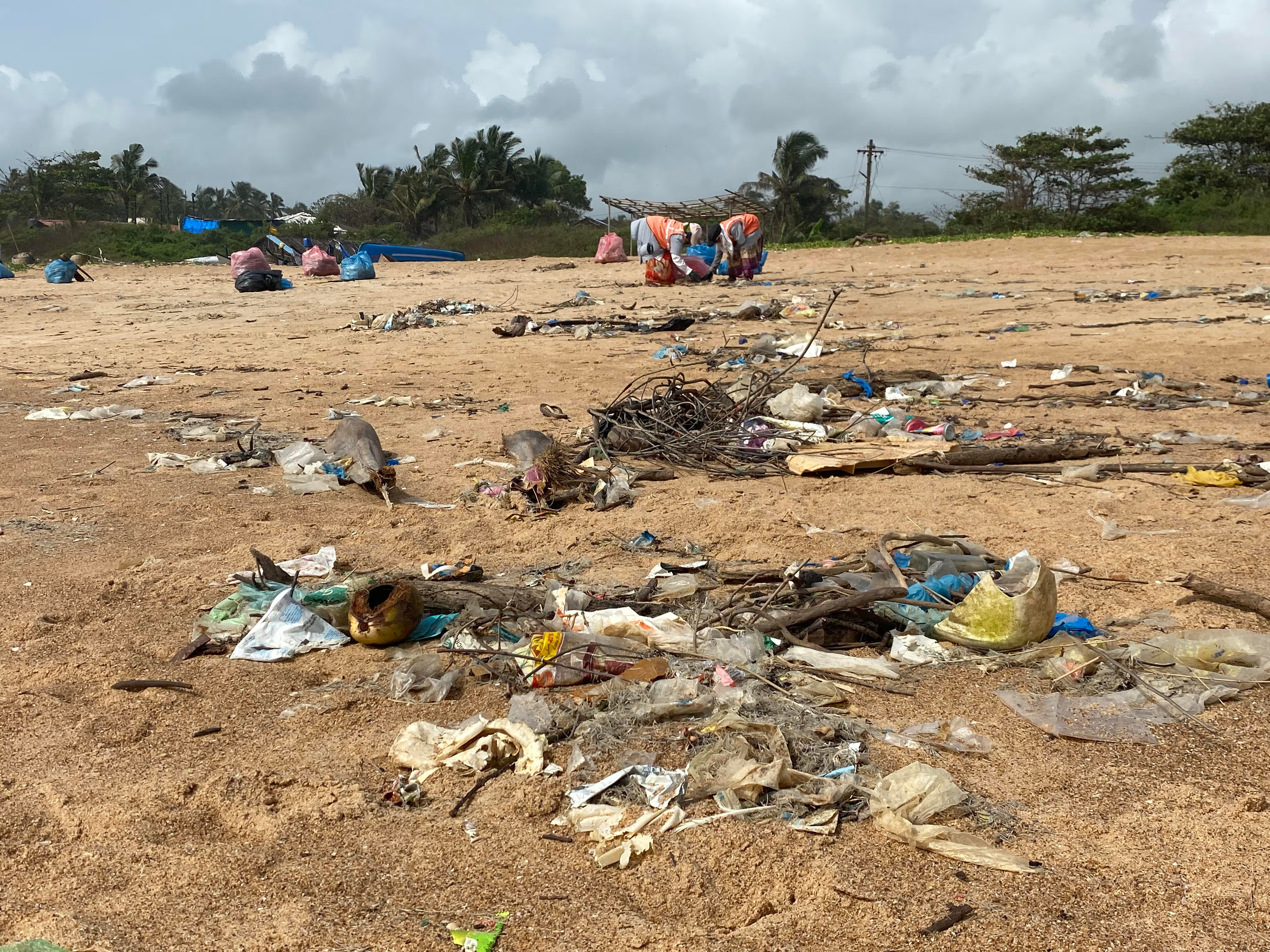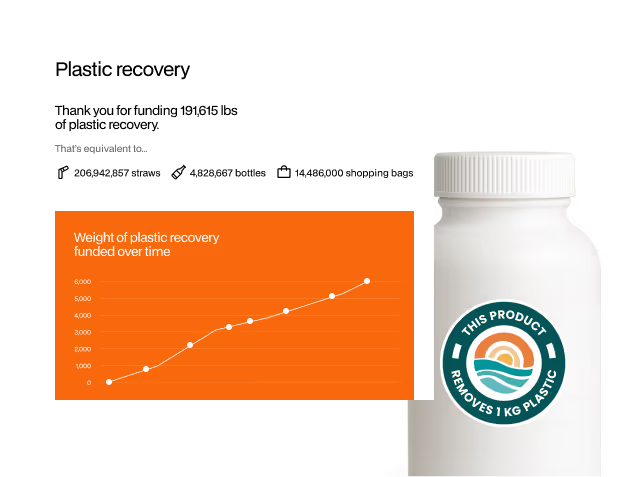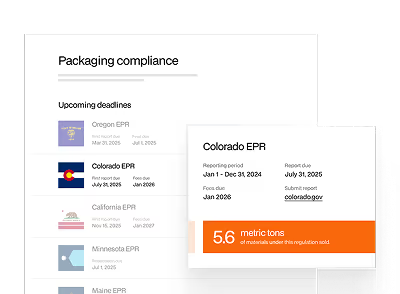Have you ever walked into the grocery store and been overcome by the sheer amount of plastic? There are solutions for sustainable grocery shopping. Hopefully, this article can alleviate the crushing guilt after forgetting your reusable grocery bags.
1. Pick your Sustainable Shopping Experience
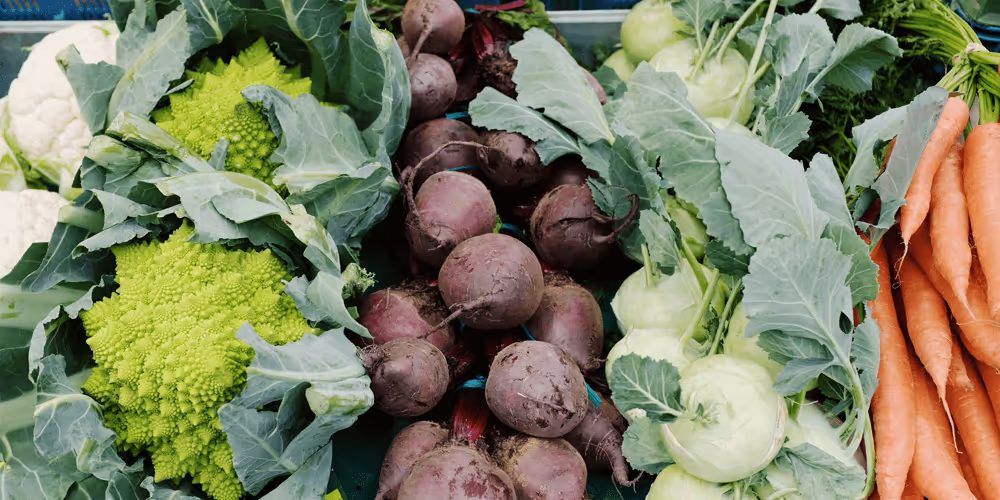
Planning where to shop is the first step to reduce. The common grocery store is the largest creator of waste, especially plastic. Great alternatives are bulk stores, non-conventional grocery stores, and farmers’ markets.
To maximize bulk stores, bring your containers! Utilize cotton bags, jars, or bins for your purchases. Here is a key for success: weigh your containers and write down their weight. This way, the cashier will not have any difficulty ringing up your groceries.
Non-conventional grocery stores are by far the most adventurous alternative to sustainable grocery shopping. These stores will not have the name brand and may require research to find, but the results are incredible. Look for international markets and small mom-and-pop markets that offer plastic-free shopping. You can experience an entirely new assortment of produce, minimal plastic packaging, and prices that will surprise you.
Farmers’ markets can be hit or miss; find one that works for you. Take a weekend and travel to a few. When you find one you like, take notes of the products, write down prices, and meet vendors. Ask questions about their practices and possibly visit a farm. Finding a genuinely sustainable produce vendor can be a fantastic addition to shopping with less waste.
You can choose more than one option. A shopping routine might incorporate a trip to the farmers market before heading to the international market for the rest of your supplies. Make sustainable grocery shopping and adventure rather than a chore.
2. Plan Ahead to Shop Sustainably

Plan ahead to reduce your plastic footprint. Remember, your first trip is going to be the most difficult. Make a weekly or bi-weekly calendar that plans out your tentative meals.
Consider, the schedule rarely goes according to plan, so plan for inconsistency. The overall goal of the schedule is to prepare your pantry for meals that achieve your goals. For this post, we will focus on creating as little waste as possible, keeping our bodies healthy, and maintaining a budget.
Creating a minimal amount of waste is the primary goal of the shopping list. Produce generally isn’t packaged with as much plastic. Plan for meals that use lots of fruits and vegetables.
Creating a realistic schedule is essential. If you only buy lentils and cabbage for the week, you may end up eating fast food meals more than usual.
3. Audit Your Waste to Minimize

A waste audit is an excellent way to determine how to minimize your plastic consumption. Collect a week’s worth of waste, separate it, and decide what purchases are essential. We all have our guilty plastic purchases. Keep a few necessities to reduce your overall footprint.
Ease yourself into this transition. Create small goals and celebrate when you cut each item out. Hopefully, small changes will create a significant impact on your life and plastic footprint.
4. Understand the Basics of Bags

Plastic bags, reputation aside, require the least amount of energy to create. A cotton-based bag would have to be used around 130 times to have the same environmental benefits as a plastic bag — a single-use paper bag would have to be used at least 3 times.
We recommend using canvas/cotton bags, but make sure actually to reuse them. A great alternative to purchasing reusable bags is to make your own. Earth 911 has a great guide to turning t-shirts into a reusable bag. Once you have a stocked arsenal of reusable bags, try to always keep them in your car/method of travel. Make your effort worth it, and the environment will thank you.
After designing your sustainable grocery shopping footprint if you still want to learn more about how to create positive environmental action, take 3 minutes to calculate your plastic footprint with the rePurpose Global calculator. Take the step to go Plastic Neutral and reduce the impact of your plastic footprint. Join us in our pursuit of a cleaner, better tomorrow! Small steps make significant impacts, create yours today.

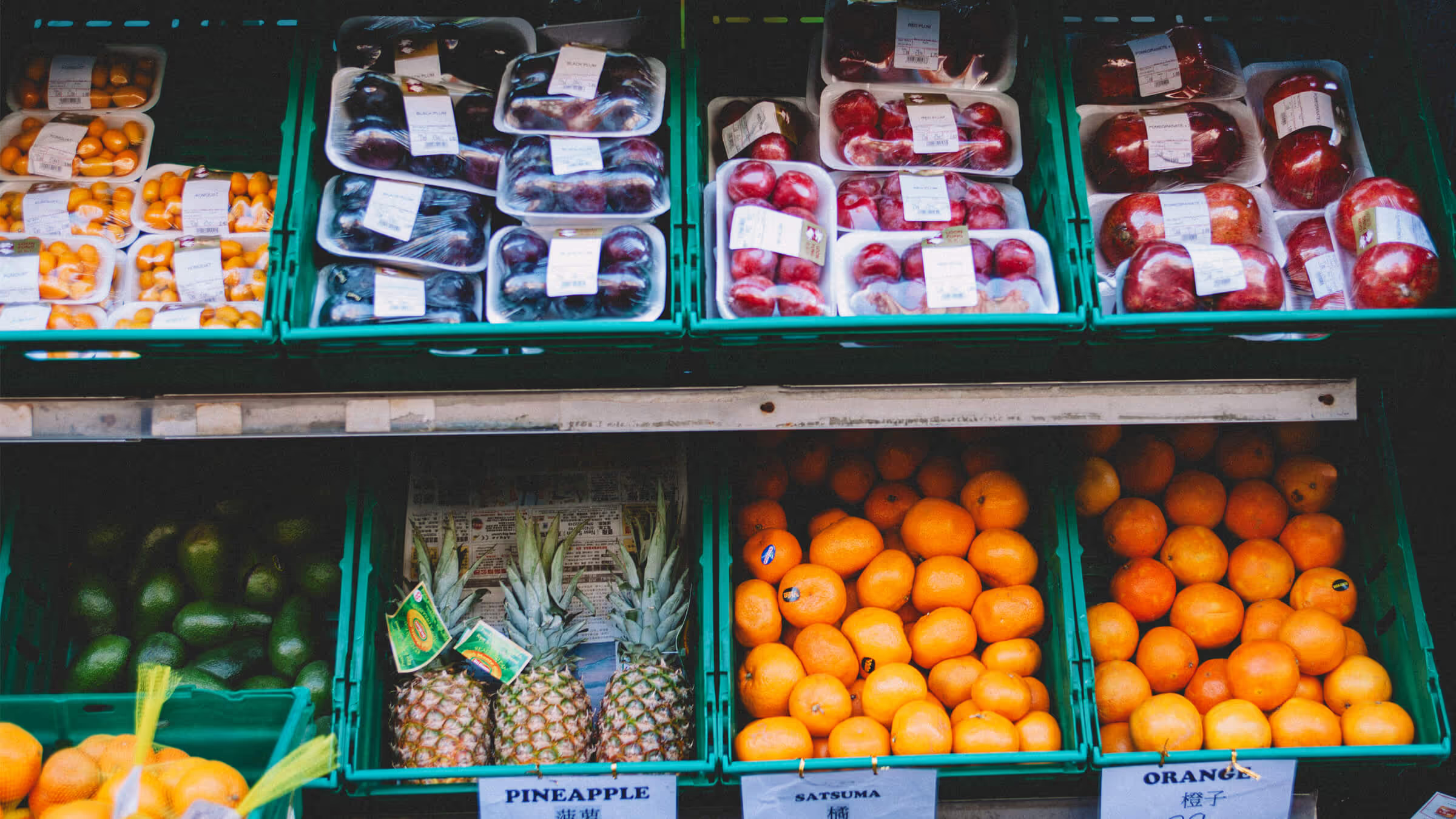

.avif)
